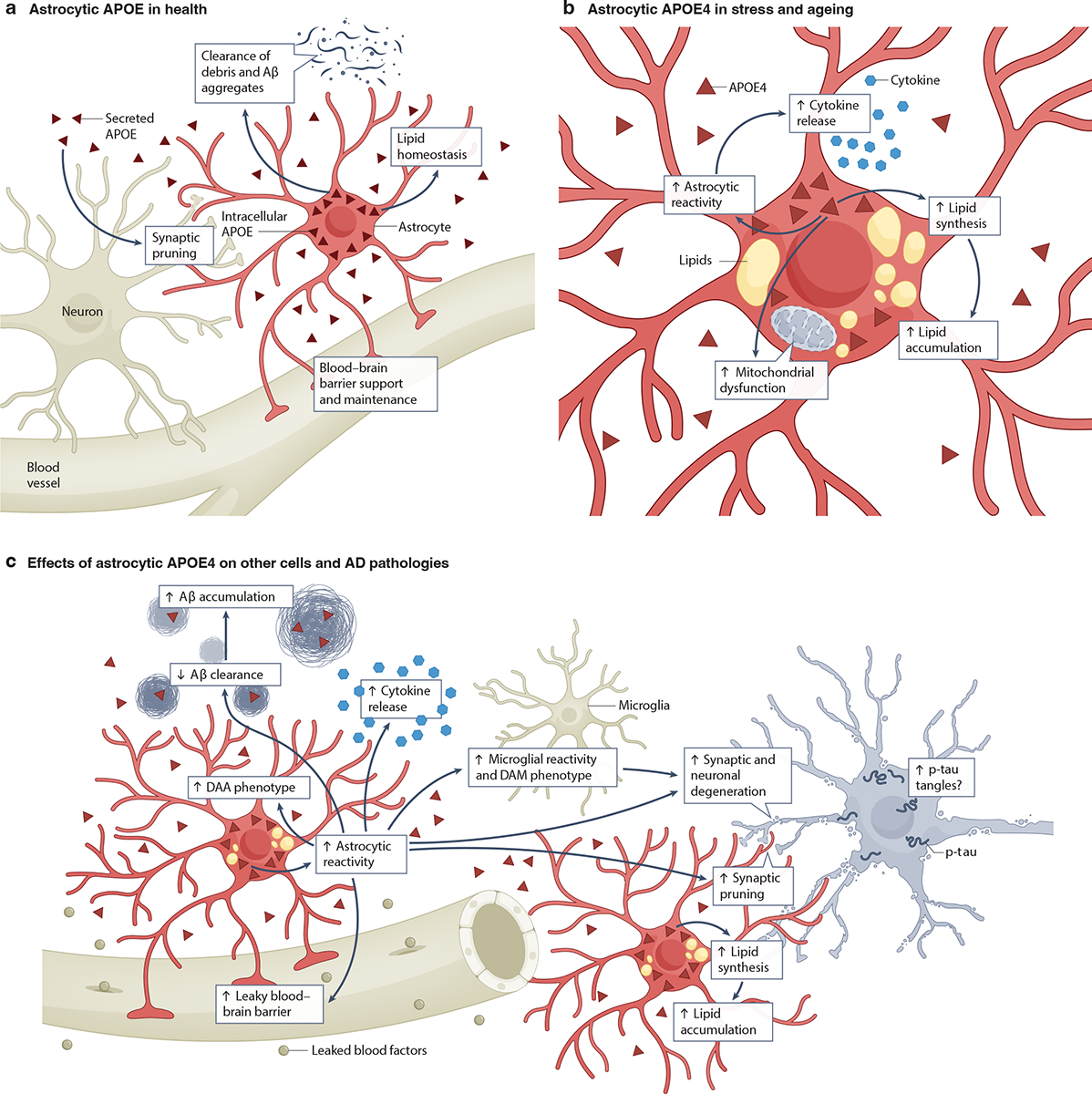Fig 2: Expression of APOE4 in astrocytes and its roles in AD pathogenesis.

a, Healthy astrocytes produce and secrete most of the apolipoprotein E (APOE) found in the brain39–41. This APOE participates in many astrocyte functions, including synaptic pruning, lipid homeostasis, clearance of amyloid β (Aβ) aggregates and cell debris and blood-brain barrier (BBB) support and maintenance50–58. b, During stress and aging, astrocytic APOE4 contributes to astrocytic reactivity43,50,51,59, elevated proinflammatory cytokine release50,51,59, augmented mitochondrial dysfunction63–66, and increased lipid synthesis31,53–55,60 and intracellular lipid accumulation31,51,53–55,60. c, Astrocytic APOE4 also affects other CNS cells and can promote AD pathologies. For example, it drives an increase in microglial reactivity and adoption of a disease-associated microglia (DAM) phenotype43. In addition, it contributes to AD pathogenesis by increasing astrocytic reactivity43,50,51,59, the transition to a disease-associated astrocyte (DAA) phenotype78, cytokine release50,51,59, synaptic pruning43,52 and lipid accumulation31,51,53–55,60. In turn, these changes may lead to BBB leakiness57,58,70, Aβ accumulation51,54,71,74, tau accumulation43,77 and (in conjunction with neuronal APOE4) synaptic and neuronal degeneration43. The potential relationships among the effects of astrocytic APOE4 on other cells and AD pathologies are depicted using arrows. Note that non-astrocytic sources of APOE4 have been omitted from this figure for clarity. p-tau, hyperphosphorylated tau.
